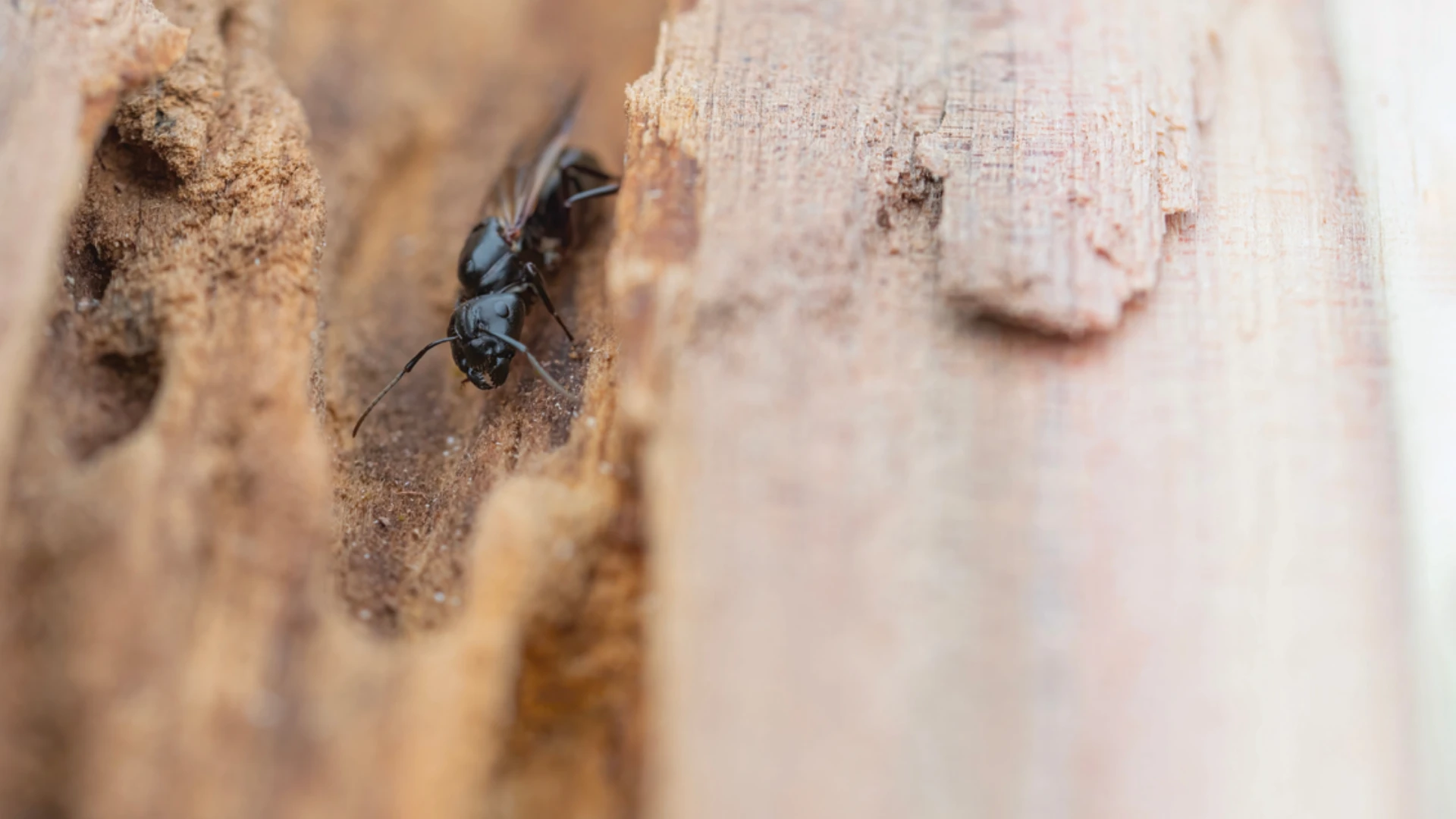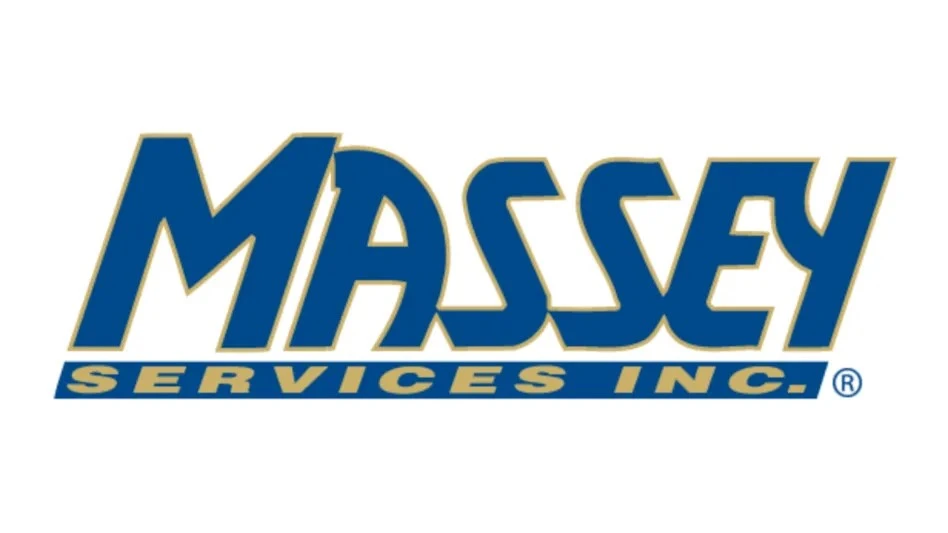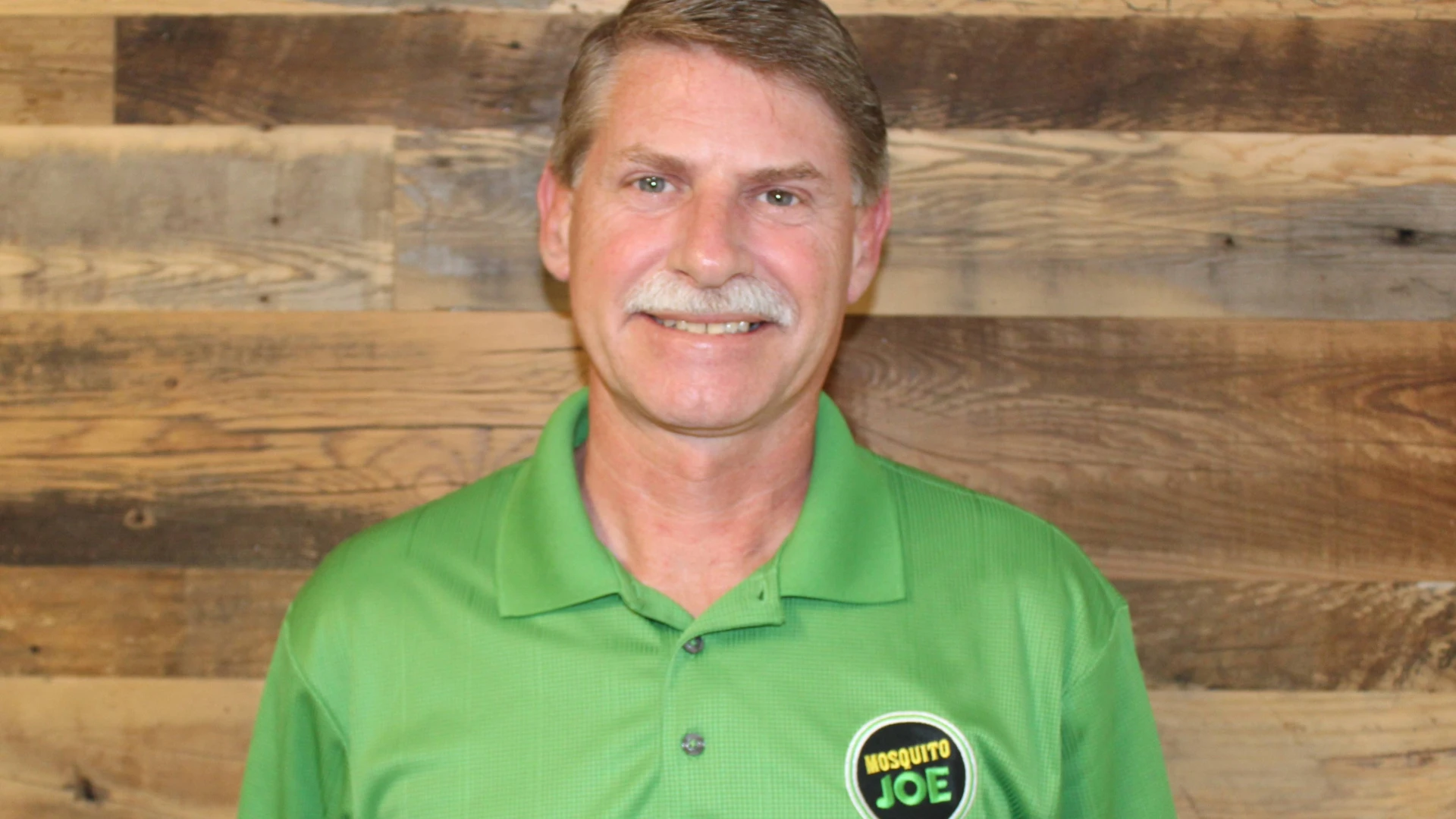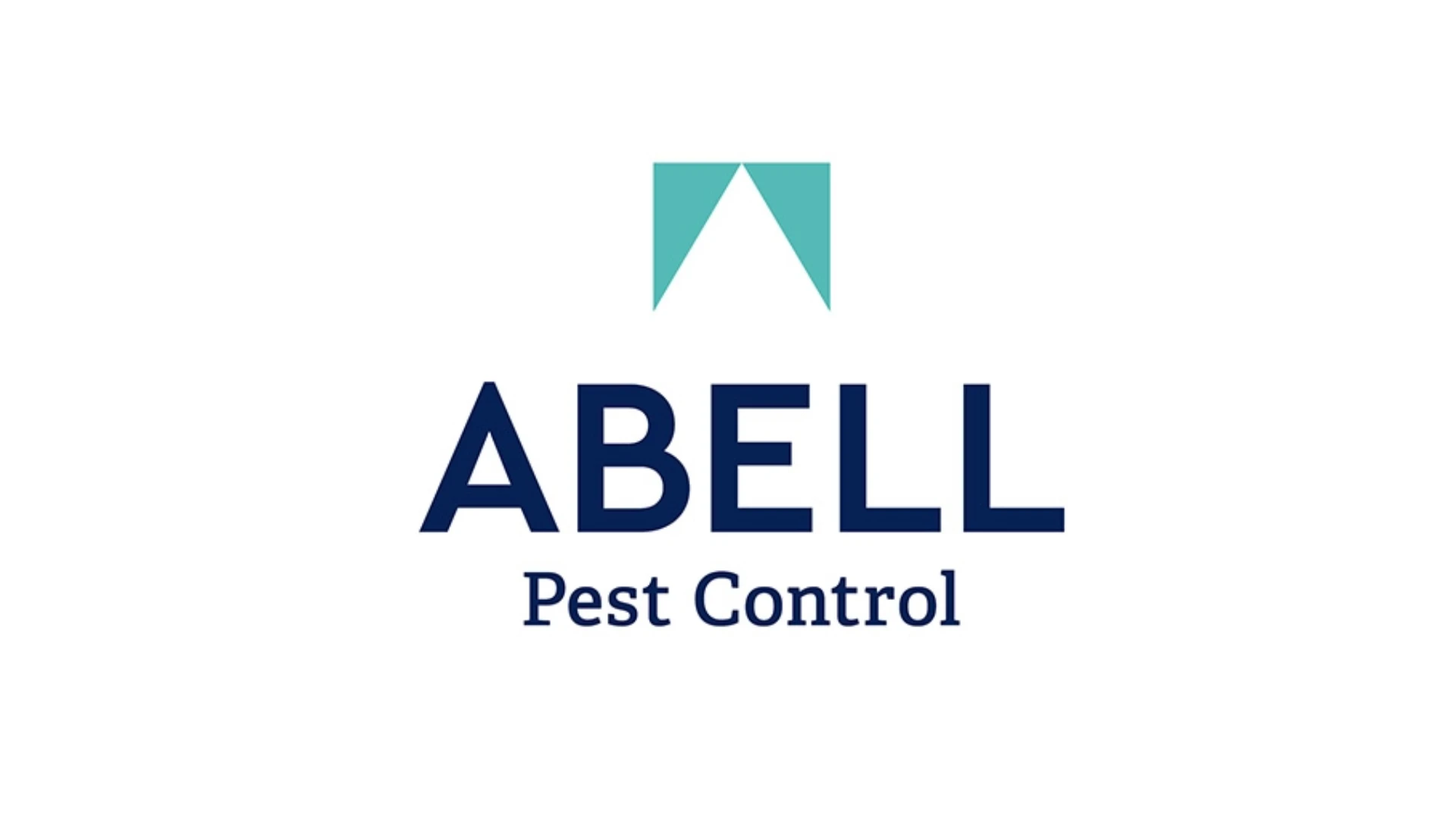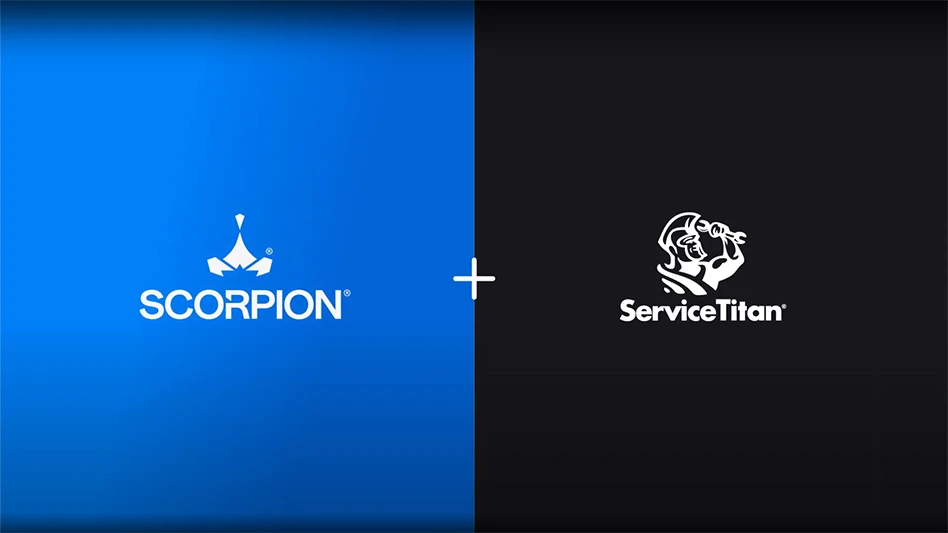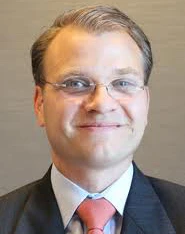
RESEARCH TRIANGLE PARK, N.C. — BASF recently announced it will take its distinct businesses within the U.S. non-crop markets and merge them into one unit. The primary businesses known as Pest Control Solutions and Professional Turf & Ornamentals (T&O), and secondary businesses including Professional Vegetation Management and Market Business Development, will now collectively be known to the marketplace as the BASF Specialty Products Department (SPD), according to a company press release. Each respective market will continue to be served, but BASF will do so as one business unit led by Jan Buberl, director of Specialty Products.
“Having these businesses come together as one strengthens BASF and its commitment to the specialty markets, and the acquisition of Becker Underwood underscores a continued commitment and investment to grow,” said Nevin McDougall, senior vice president, North America, BASF Crop Protection. “The new SPD unit will be built to last for the long term, while meeting the needs of customers in these markets.”
“We are merging the businesses to stay ahead of the curve of the industries we serve,” added Buberl. “As the T&O and Pest Control markets move closer together, this merger puts us in a position to better serve our customers.”
Buberl said discussions about a possible reorganization began last February during a “strategic review” of the company’s specialty chemicals business. In order to position BASF for the future in the rapidly changing pest control and T&O markets, executives asked themselves a number of questions, he said, including: “What can we do better in the future to address our customers’ needs? How can we make sure that we stay ahead of the curve? And how can we address these needs from an organizational process?”
Buberl said BASF executives discussed a number of industry trends that were key factors in their decision to move ahead with the reorganization including: (1) “ongoing consolidation” at all levels of the industry; (2) increased generic pressure in both the pest control and turf and ornamental markets; (3) a pest control marketplace that in the current economic climate will be challenged to return to pre-recession revenue levels; and (4) a “blurring” of the specialty pest control and landscape markets as PMPs and LCOs search for “alternative revenue” streams to fund their growth in the years ahead. “There is a good recovery in the marketplace, and we are very happy to see that, but it is very clear that the marketplace after the recovery will never be the marketplace prior to the crisis,” Buberl said, “so we have to prepare ourselves for the future.”
While Buberl said BASF has done “an excellent job” defending its intellectual property in the pest control industry, where fipronil, the active ingredient in its popular Termidor Termiticide/Insecticide went off patent in 2010, “we have similar challenges down the road” on the T&O side of the business with one key active ingredient about to go off patent in 2015, Buberl said, “and we want to prepare ourselves to…have the same success story on that side of the business.”
Buberl said end-users of BASF’s products and services are also feeling the effects of a stagnant economy.
“The pie is not getting bigger for our customers,” he said, so it’s up to BASF to develop innovative technologies, like Termidor HE, that will help PMPs “capture more of the pie” or achieve operating efficiencies that will have a positive impact on their bottom line, one of four key “pillars” of its go-forward strategy that includes: (1) bringing innovations to market that will take 30 to 80 percent of the PMP’s termite and GIC labor costs out of the business; (2) reducing callbacks 15 to 20 percent through innovations in the company’s general insect control product line; (3) bringing one or two new products to market every year; and (4) continuing to support the industry through organizations like NPMA and PPMA.
Another market trend that prompted the reorganization was the “blurring” of the PMP/LCO marketplace in several regions of the country, according to Buberl, including the Gulf Coast, Florida and West Coast. He cited Massey Services as a prime example of a company with a strong presence in both the pest control and turf and ornamental markets, a trend that is likely to continue in the years ahead.
“We want to be prepared to steward all these markets in the right way because the old structure we had in SPD was a silo structure” he said, that wasn’t particularly conducive to serving these hybrid companies, prompting BASF executives to think differently “about the way we saw their organizations in the future,” he said.
“It’s all about the end user and end-user demand creation,” Buberl added. “We want to be close to the end user to create demand for our product, but also be close to our end users to understand…their needs.” And to meet those needs requires an ongoing commitment to innovation, which the company hopes to achieve by consolidating its R&D activities in Research Triangle Park, N.C., and leveraging the intellectual capital acquired in the recent Becker Underwood purchase, a global product supplier serving more than 70 countries. While Becker Underwood’s core market is agricultural chemicals and biological seed treatments, “there are some unique delivery technologies we see in the Becker Underwood franchise that could be very, very beneficial” for the pest control industry, Buberl said.
Key changes related to this reorganization include the business manager roles of PCS and T&O being dissolved and consolidation of the PCS and T&O marketing departments. Dan Carrothers, formerly PCS Business Manager, and Brian Lish, formerly T&O Business Manager, assume the newly-created roles of SPD Marketing Manager and Strategic Account Manager, respectively. Both Carrothers and Lish will report directly to Buberl, as will Jim Derbyshire, a pest control industry veteran who will serve as National Sales Manager for the combined portfolio.
Buberl was eager to point out that the reorganization is not likely to impact the relationship PMPs have with their current BASF sales representative. “One thing I want to stress is that for the end user there will not be a change,” he said. “The sales representatives that call on PMPs today will continue to call on PMPs. There may be some geographies…where we will…start to cross-sell some of these portfolios, but the majority of the salespeople will be dedicated to a specific (market) segment.”
In addition to a strategic account sales structure and approach, SPD sales also includes an inside sales force and a traditional field sales approach that is divided into three regions for both key businesses. Three regional sales managers overseeing these territories will have both T&O and PCS field sales representatives reporting to them and those sales reps will remain dedicated to the respective markets they serve, as mentioned previously.
With this merger comes the move of the PCS business, currently located in St. Louis, Mo., to Research Triangle Park, N.C. The new SPD business structure will be in place by March 31, 2013. Buberl said BASF will maintain its aerosol manufacturing facility in St. Louis, a legacy plant of the Whitmire Micro-Gen acquisition a number of years ago, but approximately 30 positions in research and development, registration, marketing, and commercial business will be shifted to North Carolina. BASF employees have until the end of the month to let the company know if they plan to make the move, but Buberl said he is confident that “a lot of people will make the trip over to RTP.”
For more information about the Specialty Products Department visit www.agro.basf.us
Latest from Pest Control Technology
- Rose Pest Solutions Becomes Official Pest Provider of Chicago Fire FC
- WSPMA Hosts Legislative Day at Washington State Capitol
- A-1 Pest Control Marks 59 years in Business
- Hawaii PCO Shares Regulatory Challenges, Business Impacts from Lahaina Wildfires
- 5 Tips for Reducing Waste in the Office and in the Field
- OvoControl Now Available in Chile
- Envu Announces Savings Programs for Pest Management Professionals
- Follow the Trail
